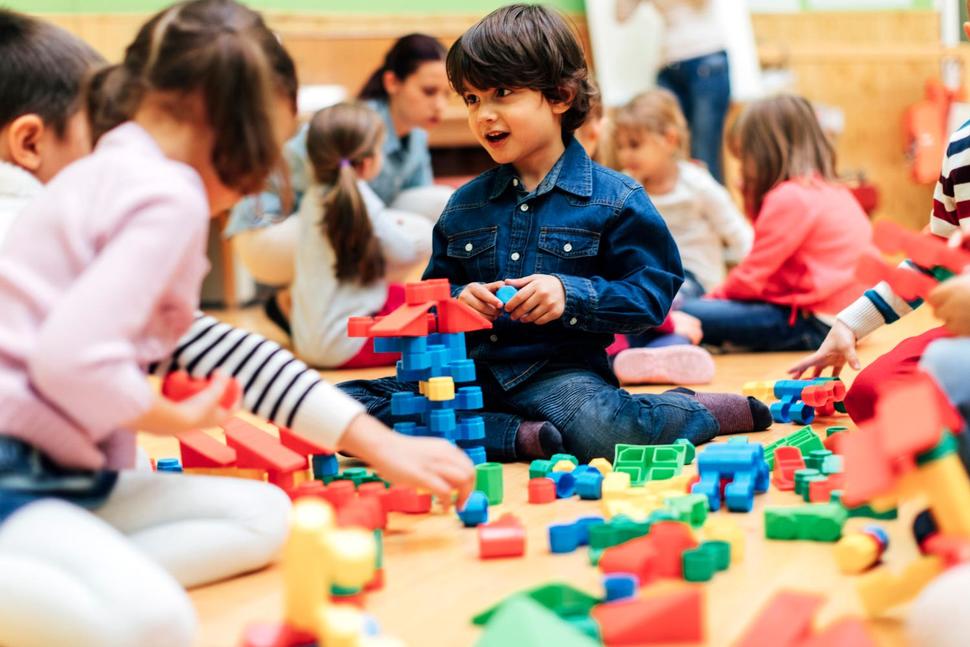Valentine’s Day is undeniably all about love and sweethearts. It’s also defined by the heartfelt gifts of chocolates, sweets and (candy) hearts so plentiful this time of year. Now it’s not that I think we need to do away with all of these sweet gifts in lieu of a more heart-healthy approach to Valentine’s Day. But it has occurred to me that this holiday could mean so much more when it comes to finding ways for our loved ones to have happy hearts.
To get you one step closer to achieving this goal, I’d like to suggest that you, your kids, and your sweetheart all get up and dance. That’s right…dance! There are several reasons why you and your family should put your best foot forward and get up and start dancing.
It’s Fun. Regardless of age, who doesn’t like putting on some music and just letting loose? The good news is that regular physical activity throughout the day (which could easily include dancing), improves sleep, reduces stress, and overall makes people feel better about themselves. So just break out those dancing shoes (and your toddler’s skid-free socks and tutus) and start dancing. For some added fun – grab your video camera and capture the moment(s). No rules, just fun.
It’s Exercise. I imagine you don’t need me to tell you that we’re in the middle of a nationwide childhood (and adult) obesity epidemic. The beauty of dancing is that it’s not work, it doesn’t require committing to regular trips to the gym, and it doesn’t cost a thing to break a sweat. Yet don’t let this lack of requirements deceive you into thinking it’s not exercise. In fact, First Lady Michelle Obama’s national Let’s Move! Campaign actively promotes the need for kids to get 60 minutes of moderate to vigorous active play every day. After all, when they (and you) simply get moving (or dancing!), it all adds up to building and keeping healthy bones, muscles and joints and achieving a healthy body weight.
It’s Quality Family Time. Whether you opt for a daddy-daughter dance, a dance contest, or a more freestyle approach to your family’s dancing, it all adds up to the potential for quality family time. With the hectic pace of parenthood and often over-scheduled childhood that defines the times, I would argue that protected quality time with the family – at the dinner table, during conversations with your child in the car, and when sharing fun family activities like dancing together – is invaluable.
And now for my timely and heart-warming news. As many of you may already know, in addition to being a pediatrician, I also own an educational childcare center – Primrose School of Legacy – located in West Omaha. As one of over 200 franchised centers across the country, I am particularly proud to share with you that from February 1st through March 19th, all your heart-felt family dancing can be for a very worthy cause! That’s because Primrose Schools is hosting the 2nd Annual National Family Dance-off Contest. This fun family-oriented dance-contest is open to all families and benefits the Children’s Miracle Network Hospitals. By simply uploading a 30-second video of your family’s most creative, unique, or amusing dance moves at www.FamilyDanceoff.com and/or making sure that you and everyone you know votes each day for your favorite Omaha video, you could be one of 14 weekly contest winners who receive a flip video camera and up to $5000, while also winning Children’s Hospital and Medical Center a chance at receiving a $15,000, $20,000, or even $30,000 donation from Primrose Schools!
Simply put, I want to see Omaha families and children getting healthy by eating healthier, getting up and moving, and dancing. And through March 19th, I more specifically hope you all will be dancing to win, not only for yourselves, but for Omaha’s Children’s Hospital and Medical Center. I guarantee you it will do your body, your family, and your heart some good!
Originally posted on Omaha World Herald’s Live Well Nebraska



